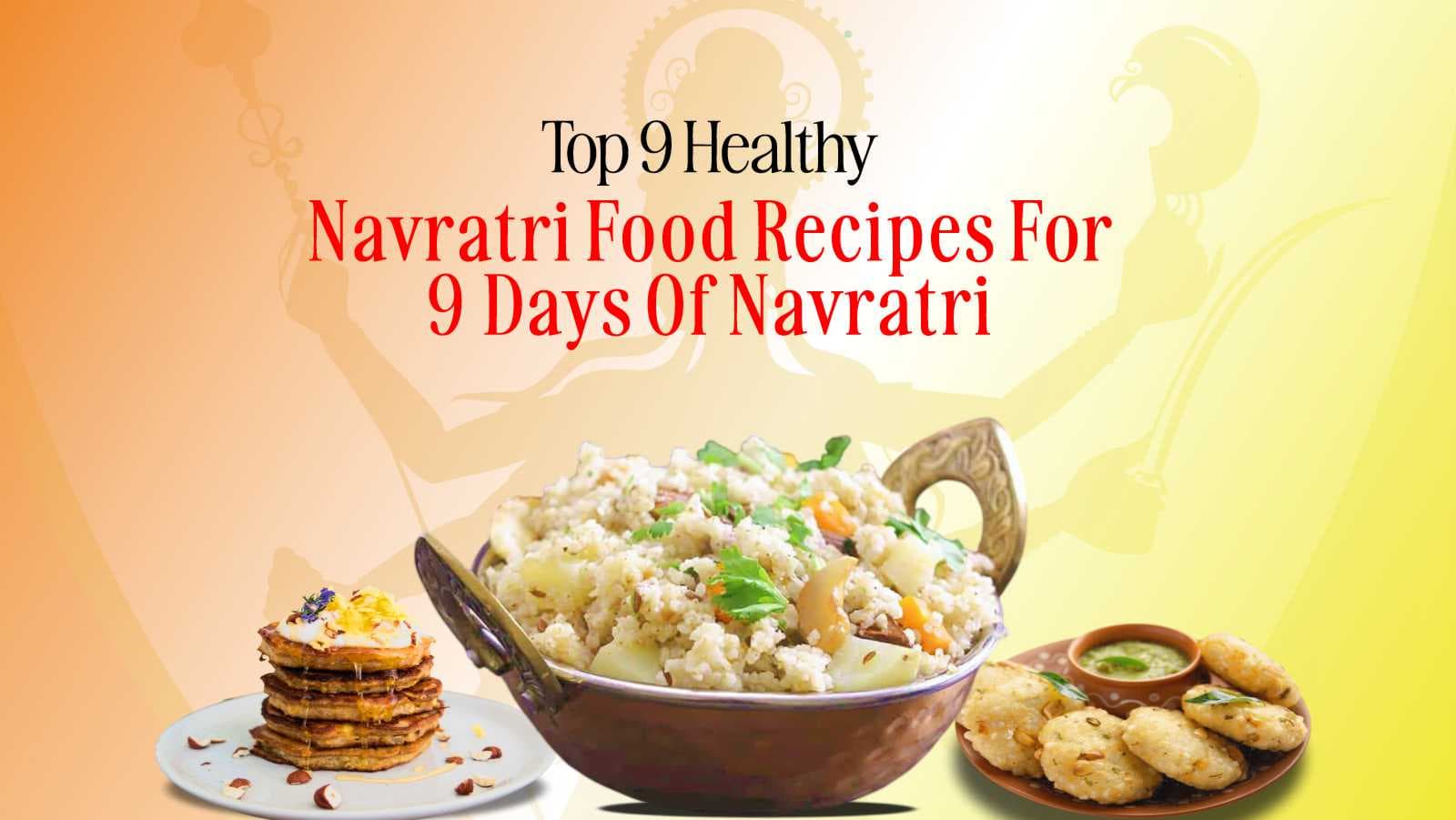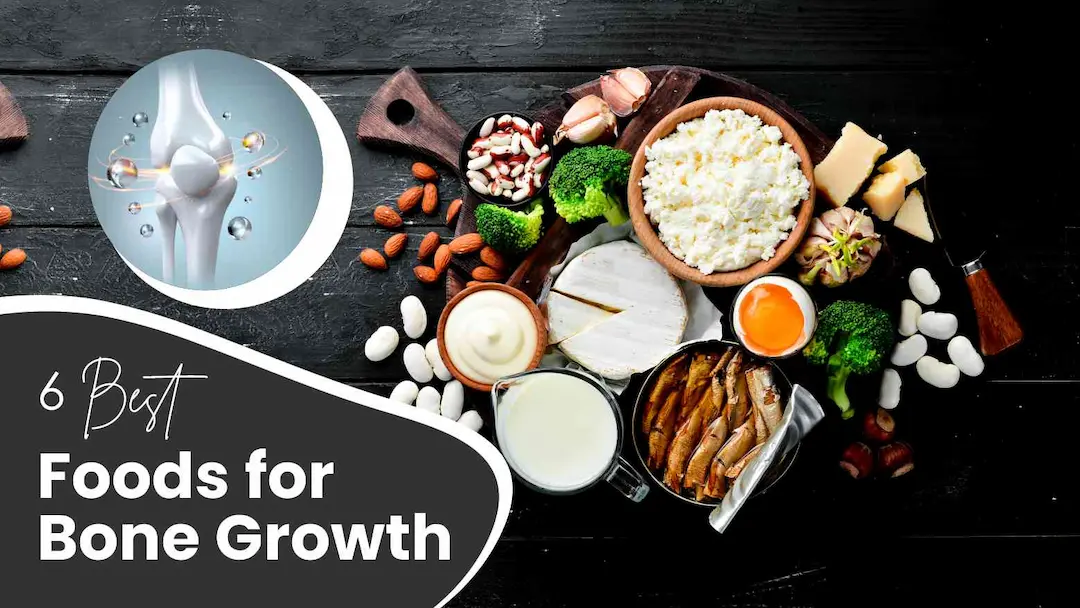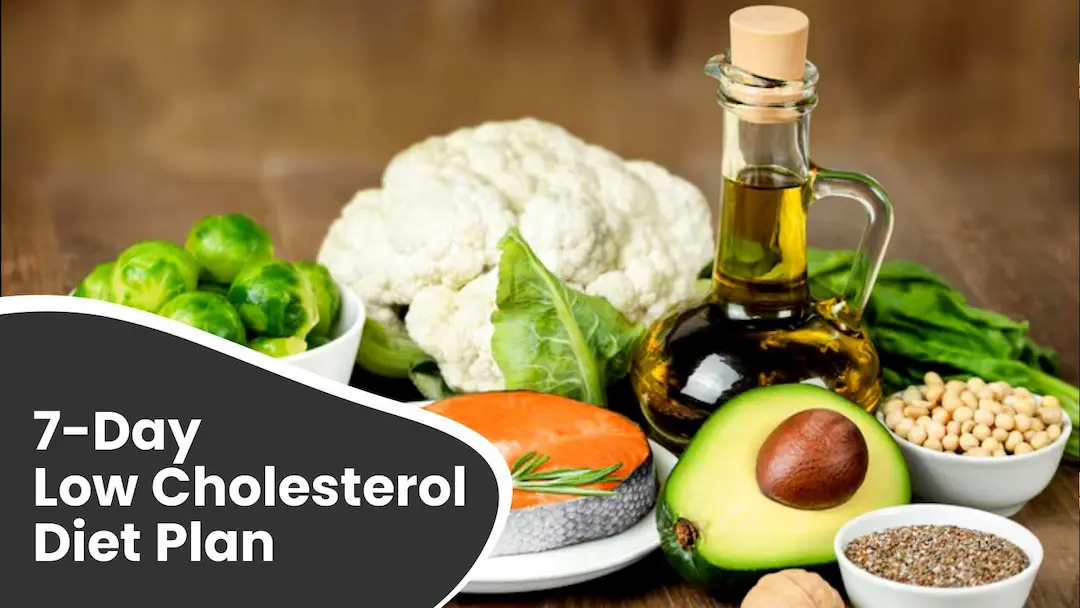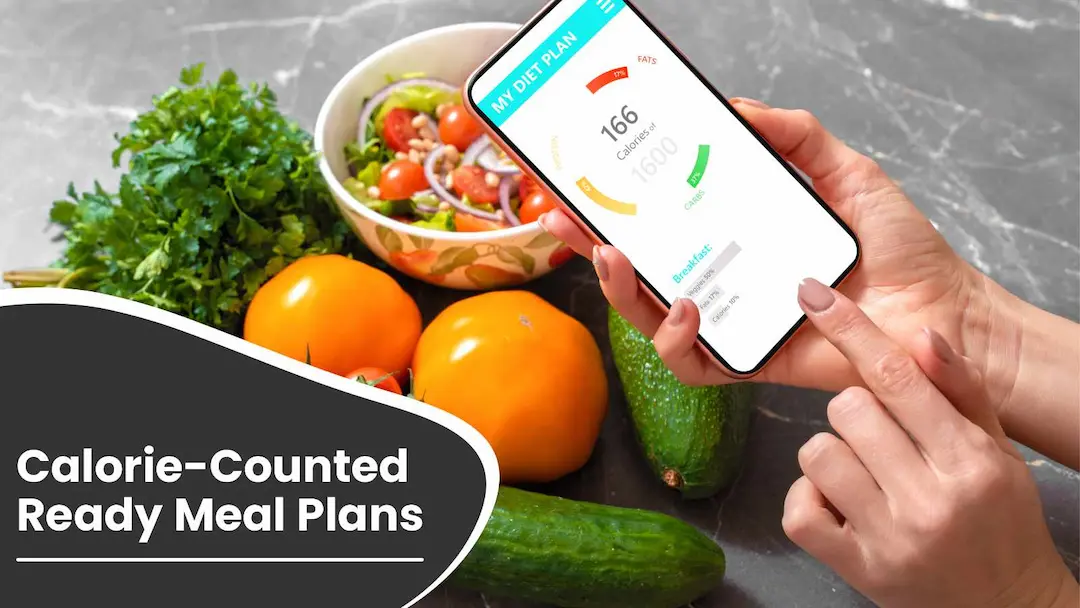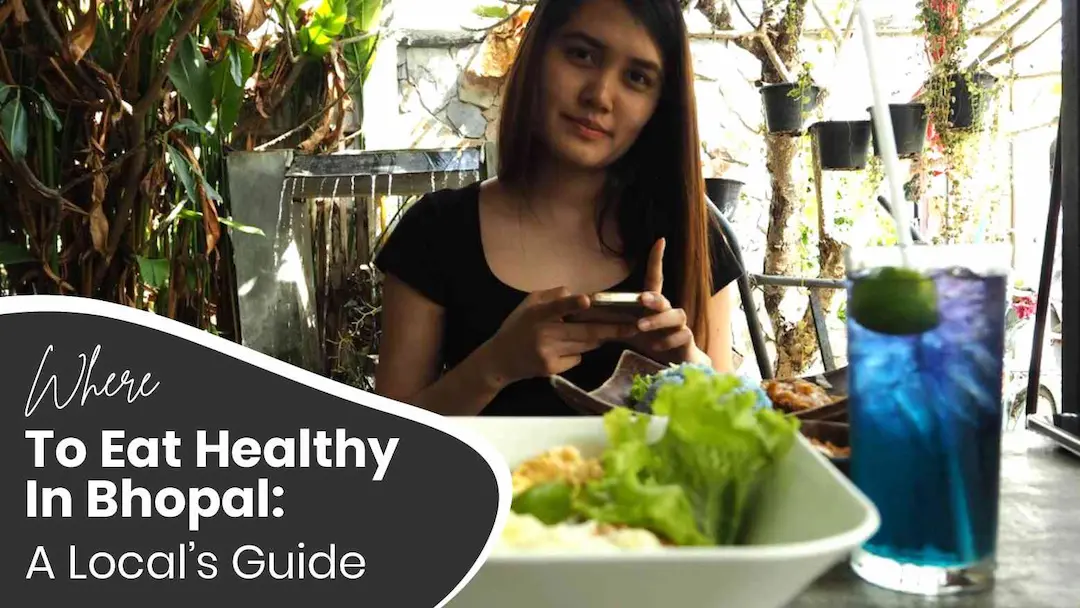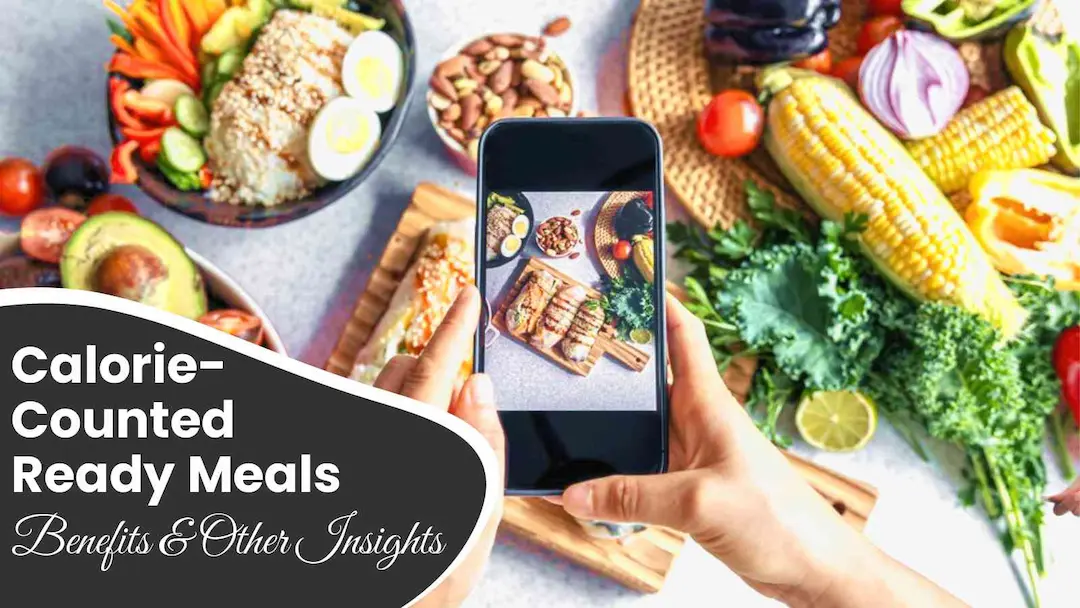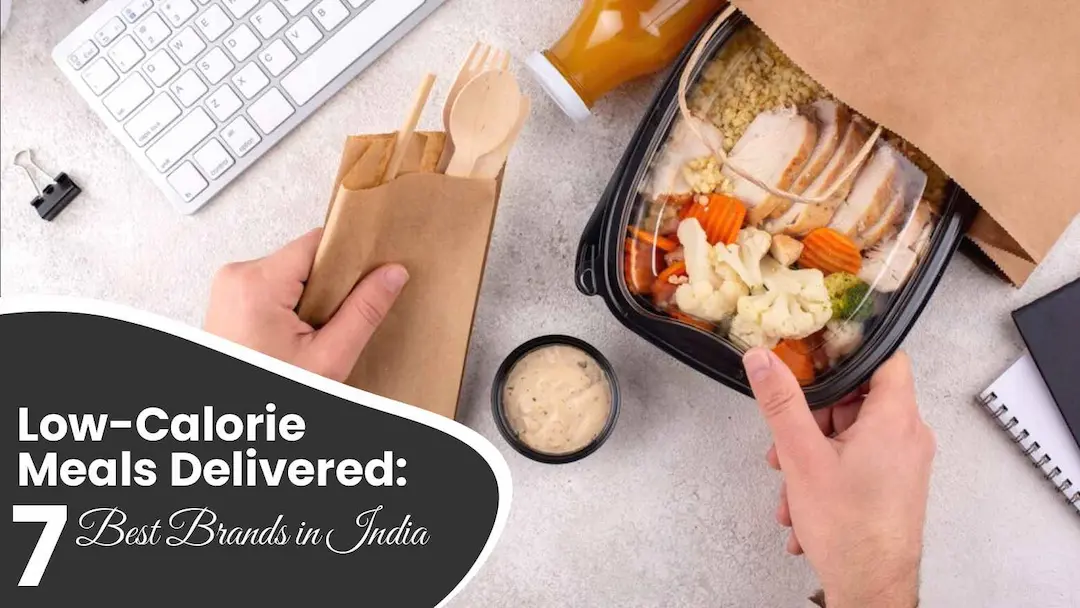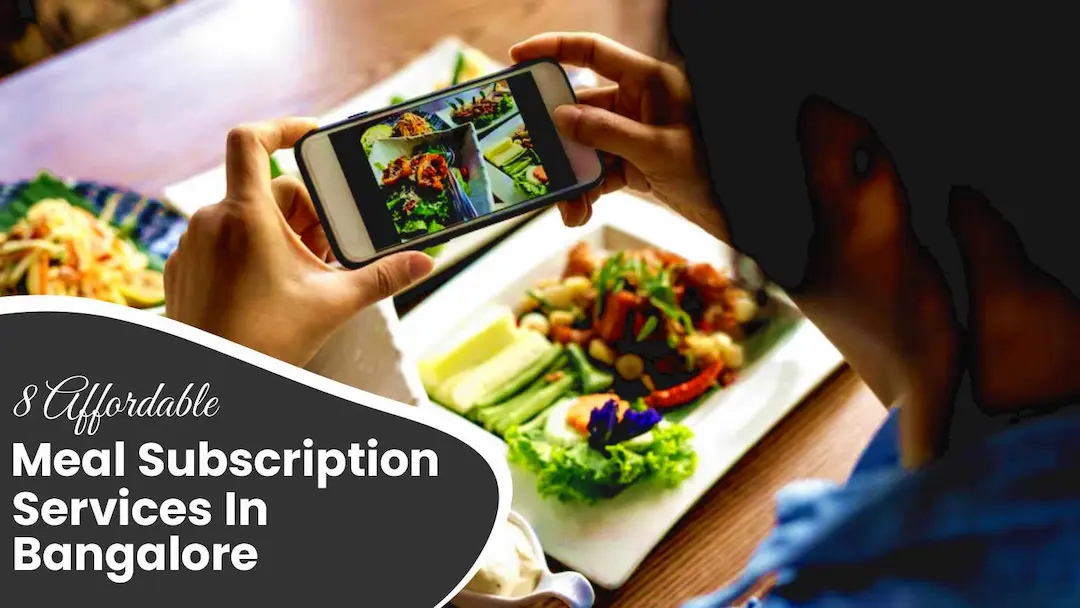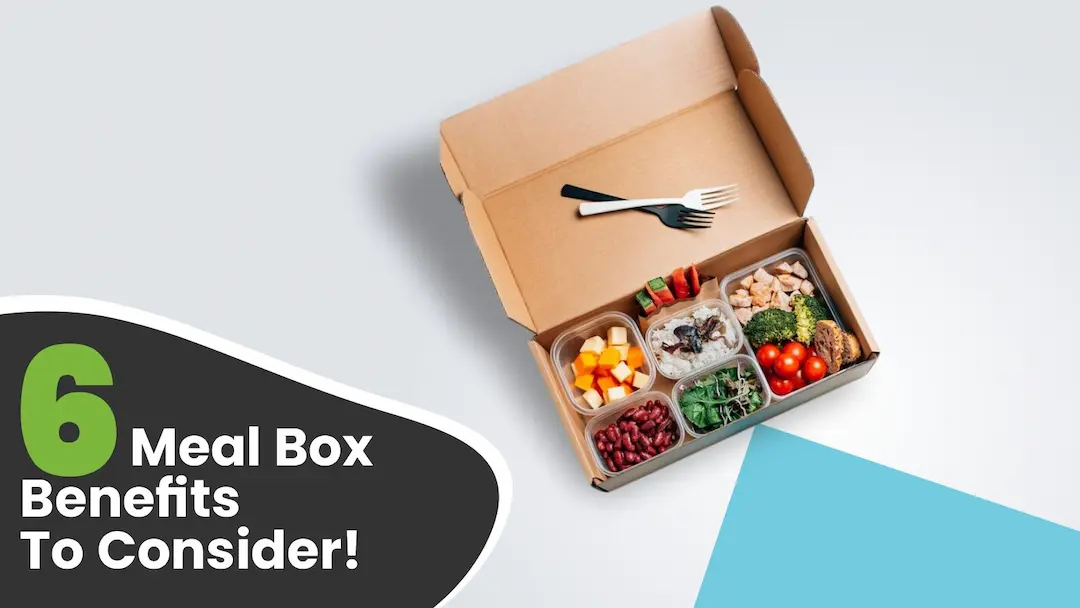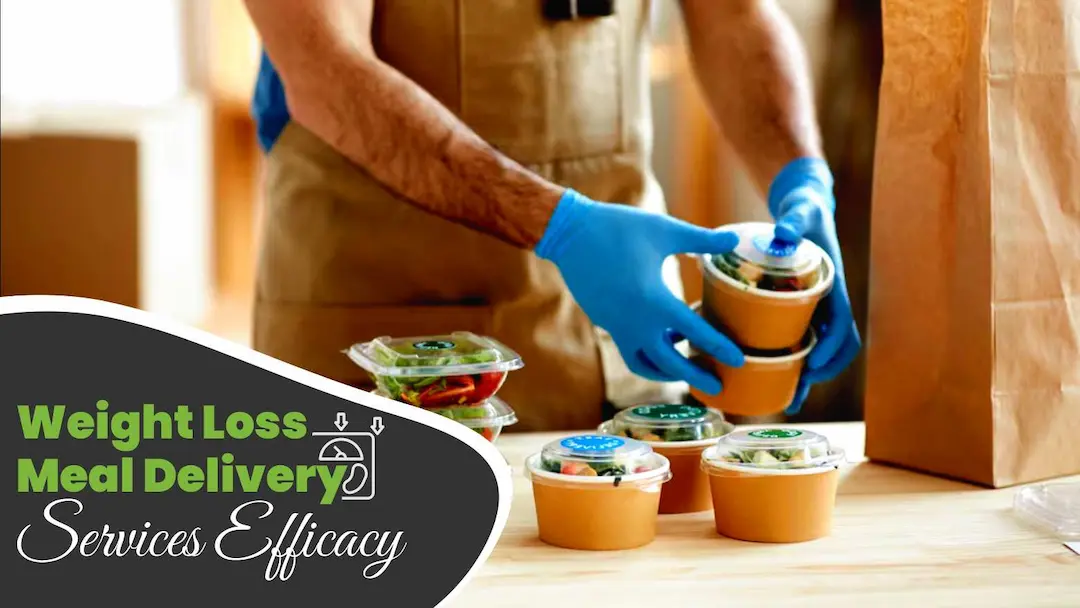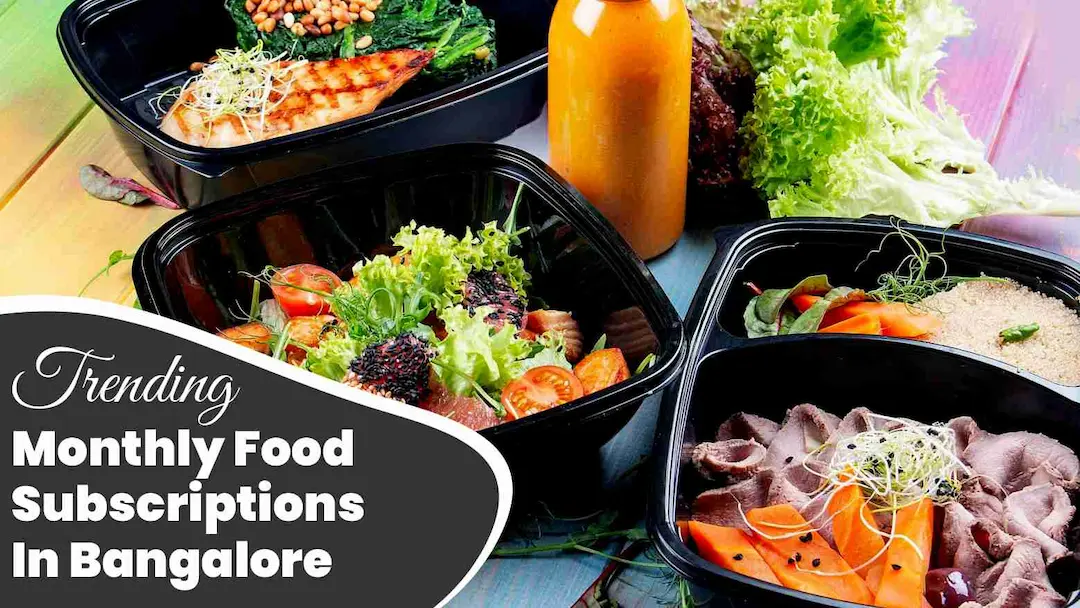With Navratri around the corner, are you thinking about how to enjoy Navratri fasting without feeling weak or eating the same plain foods daily? Many people struggle with finding the right balance between energy levels and sticking to fasting rules. But what if you could enjoy nutritious and variety-filled meals for all nine days? Try Navratri food recipes for their authentic taste and healthiness. Whether fasting for devotion or detoxification, your body will stay energised and active. That’s why choosing the right Navratri recipes can make all the difference!
Think of starting your day with a flavourful kuttu cheela for lunch and ending with a comforting bowl of lauki halwa. Sounds tempting, right? In this blog, we bring you nine healthy Navratri food recipes—one for each day—so you can relish your fasts without compromising on taste or nutrition. So, let’s get started!
Table Of Contents
1. 9 Navratri Recipes For 9 Days
2. The Final Say
3. FAQs
4. References
9 Navratri Recipes For 9 Days

These healthy and delicious Navratri food recipes will keep you energised while ensuring you enjoy your fasts with variety and nutrition! Visit Toneop Eats for more such delicious and nutritious low-calorie recipes!
1. Sabudana Khichdi (Sago Pilaf)
The light energy-boosting Sabudana khichdi offers the perfect fasting meal. This food contains high carbohydrate content that maintains your activity level throughout daily activities. The combination of cumin and curry leaves reduces bloating that may arise after fasting.
Ingredients:
- Sabudana (sago pearls) – 1 cup
- Water – ½ cup (for soaking)
- Peanuts – ¼ cup (roasted and crushed)
- Ghee – 1 tablespoon
- Cumin seeds – ½ teaspoon
- Green chilies – 1 (chopped)
- Rock salt(sendha namak) – to taste
- Curry leaves – 5-6
- Lemon juice – 1 teaspoon
- Coriander leaves – 1 tablespoon (chopped)
Steps to Prepare:
1. Wash sabudana at least three times in running water to eliminate the starch content.
2. Leave raw sabudana to soak in water overnight for 5-6 hours.
3. Heat some ghee in a pan before you stir cumin seeds along with green chilies and curry leaves for a few seconds.
4. Quickly combine crushed peanuts in the pan and allow them to fry until their fragrance becomes evident.
5. Stir the soaked sabudana and add them to the pan.
6. Add rock salt and mix well.
7. Serve the dish with lemon juice and fresh coriander leaves.
2. Kuttu Ki Roti (Buckwheat Flour Flatbread) & Aloo Tamatar Sabzi
Buckwheat is one of the best types of millet, and kuttu ki roti provides fibre and protein content, which enables this dish to satisfy your hunger during fasting. Meanwhile, Aloo tamatar sabzi serves as an appetising light food option because tomatoes provide vitamin C and antioxidants.
Ingredients:
- Buckwheat flour (kuttu atta) – 1 cup
- Water – as required (to knead)
- Rock salt – ½ teaspoon
- Ghee – 2 teaspoon
- Potatoes – 2 (boiled and cubed)
- Tomatoes – 2 (pureed)
- Cumin seeds – ½ teaspoon
- Green chilies – 1 (chopped)
- Coriander leaves – 1 tablespoon (chopped)
Steps to Prepare:
1. Combine buckwheat flour with rock salt, then add water one portion at a time until the dough becomes soft. Let it rest for 5 minutes.
2. Roll out the rotis with small doughs using a rolling pin.
3. Heat a tawa. Place the rotis on a medium tawa and toss them on both sides, flipping twice and eventually puffing them up over an open flame until cooked through to make rotis.
4. Heat a minimal amount of ghee in a kadhai for preparing the sabzi. Add cumin seeds and green chilies and saute them for ten seconds.
5. Put pureed tomatoes into the kadhai, then cook them until you no longer detect their raw smell.
7. Place the boiled potatoes along with rock salt and water into the pan for 5-10 minutes then turn off the flame and garnish the sabzi with corriander leaves.
8. Present this sabzi with kuttu ki roti.
3. Singhare Ke Atte Ka Halwa (Water Chestnut Flour Halwa)
The halwa provides essential energy during fasting periods because of its nutritional value. The antioxidants and potassium within water chestnut flour maintain hydration. Consuming this as Indian gluten-free dessert recipes with jaggery provides a more nutritious alternative.
Ingredients:
- Water chestnut flour (singhare ka atta) – ½ cup
- Jaggery powder – ¼ cup
- Ghee – 2 tablespoons
- Water – 1 cup
- Cardamom powder – ¼ teaspoon
- Almonds – 1 tablespoon (chopped)
Steps to Prepare:
1. Melt ghee, then add singhare ka atta to it.
2. Heat the mixture at low flame until the flour becomes golden brown and develops a fragrant aroma.
3. Put water in one pan and stir in the jaggery powder while heating it. Mix the jaggery to the singhare ka atta when it completely dissolves.
4. Blend them slowly by stirring, as that will help prevent lump formation.
5. Cook the mixture until it develops into a sleek halwa consistency.
6. Mix the cardamom powder into the mixture.
7. Serve the dish by topping it with chopped almonds.
4. Samak Rice Pulao (Barnyard Millet Pulao)
Samak rice stands out as a gluten-free grain that carries high dietary fibre content suitable for fasting periods. Water chestnut flour contains high iron together with magnesium. When adding carrots and green beans to the pulao it becomes more nutrient-rich.
Ingredients:
- Barnyard millet (samak rice) – 1 cup
- Ghee – 1 tablespoon
- Cumin seeds – ½ teaspoon
- Green chilies – 1 (chopped)
- Carrot – 1 small (chopped)
- Green beans – 5-6 (chopped)
- Rock salt – to taste
- Water – 2 cups
- Coriander leaves – 1 tablespoon (chopped)
Steps to Prepare:
1. Soak the samak rice by rinsing it carefully and letting it rest in water for 15 minutes.
2. Add ghee, cumin seeds and green chilies in a pan.
3. Add carrots and green beans and keep stirring for 2 minutes or till they become soft.
4. Drain the water of the samak rice and add the rice into the pan. Mix well with the vegetables.
5. Add 2 cups of water and salt to this and cover it.
6. Allow the rice to cook on a low flame for 10-15 minutes or until the rice is cooked properly. Turn off the flame and garnish it with coriander leaves.
7. Serve the dish hot after garnishing it with fresh coriander leaves.
Try ToneOp’s Intermittent Fasting Weight Loss Plan that lets you choose from different fasting schedules, ranging from 8 to 20 hours, to suit your routine. If you have trouble adjusting to fasting, their diet coach can help you get personalised fasting schedules, eating windows, guided nutritional support to stay on track.
5. Sabudana Vada (Sago Fritters)
The traditional Indian fasting food Sabudana vada combines carbohydrates from jaggery and many vitamins from peanuts for a nutritious food. A small amount of ghee helps digestion while carrots and cooked sweet potatoes bring essential fibre to the meal.
Ingredients:
- Sabudana (sago pearls) – 1 cup (soaked for 5-6 hours)
- Boiled sweet potato – 1 (mashed)
- Peanuts – ¼ cup (roasted and crushed)
- Green chili – 1 (chopped)
- Rock salt – to taste
- Cumin seeds – ½ teaspoon
- Coriander leaves – 2 tablespoons (chopped)
- Lemon juice – 1 teaspoon
- Ghee – 1 teaspoon (for brushing)
Steps to Prepare:
1. Place rinsed sabudana into water to soak for 5-6 hours until it becomes soft enough for use.
2. Put soaked sabudana, mashed sweet potato, crushed peanuts and green chili along with rock salt, cumin seeds and coriander into a mixing bowl.
3. Mix and form the mixture into round patties of equal size.
4. Preheat the oven or air fryer to 180°C (350°F).
5. Brush the vadas with ghee first, then bake them at 180°C (350°F) for 15 to 20 minutes, then flip them and do the same for the other side.
6. You can present these vrat-friendly vadas hot with a choice between coconut chutney and mint yoghurt dip.
6. Kuttu Cheela (Buckwheat Pancakes)
Kuttu cheela represents a protein-rich and light version during fasting days. Buckwheat flour is gluten-free and boosts digestion since it contains high levels of fibre. The combination of yoghurt in the batter makes this a low-calorie meal high in protein, and the bottle gourd gives additional nutritional value to the mixture.
Ingredients:
- Buckwheat flour (kuttu atta) – 1 cup
- Yoghurt – ½ cup
- Water – as required (to make a batter)
- Grated bottle gourd – ½ cup
- Rock salt – to taste
- Cumin seeds – ½ teaspoon
- Green chili – 1 (chopped)
- Ghee – 1 teaspoon (for cooking)
Steps to Prepare:
1. Mix buckwheat flour with yoghurt and bottle gourd with rock salt, cumin seeds and green chili in a bowl.
2. Start by heating a non-stick pan before gently applying ghee for greasing.
3. Use a ladle to pour the batter into the pan, then spread it into a thin crust.
4. Cook the ceeila on medium heat until each side turns golden brown.
5. You can serve the dish hot by pairing it with mint chutney or yoghurt.
7. Samak Rice Idli With Coconut Chutney
The fasting alternative version of idli, known as Samak rice idlis, provides a wholesome substitute. Barnyard millet (samak rice) contains fibre and iron, along with protein in its nutritional content. Yoghurt and coconut chutney balance nutrition and taste in the dish.
Ingredients for Idli:
- Samak rice (barnyard millet) – 1 cup
- Yoghurt – ½ cup
- Baking soda – ¼ teaspoon
- Rock salt – to taste
- Water – as required
- Ghee – ½ teaspoon (for greasing)
Ingredients for Coconut Chutney:
- Grated coconut – ½ cup
- Roasted peanuts – 2 tablespoons
- Green chili – 1
- Rock salt – to taste
- Lemon juice – 1 teaspoon
- Water – as required
Steps to Prepare:
1. Soak samak rice for 3-4 hours, then grind it into a coarse batter with yoghurt and a little water.
2. Add rock salt and baking soda, mix well, and let it rest for 15 minutes.
3. Grease the idli molds with ghee and pour the batter into each section.
4. Place the molds into an idli maker and steam the batter for 12-15 minutes until the idlis are cooked and fluffy.
5. Blend grated coconut, roasted peanuts, green chili, rock salt, lemon juice, and a little water into a smooth paste.
6. Serve the idlis with fresh coconut chutney.
8. Lauki Ki Sabzi (Bottle Gourd Curry)
Lauki is a hydrating and cooling vegetable, perfect for fasting. It is rich in fibre, low in calories, and helps with digestion. Cooking it with mild spices makes these healthy veg recipes light on the stomach, while using minimal ghee keeps it healthy.
Ingredients:
- Bottle gourd (lauki) – 1 medium (peeled and chopped)
- Ghee – 1 tablespoon
- Cumin seeds – ½ teaspoon
- Green chili – 1 (chopped)
- Rock salt – to taste
- Water – ½ cup
- Coriander leaves – 1 tablespoon (chopped)
Steps to Prepare:
1. Heat ghee in a pan, add cumin seeds and green chili, and sauté for a few seconds.
2. Add chopped bottle gourd and rock salt. Stir well.
3. Add water, cover, and cook on low heat for 10-12 minutes until soft.
4. Mash slightly with a spoon to release its juices to enhance the texture.
5. Garnish it with fresh coriander, and serve it hot with kuttu roti or samak rice.
9. Fruit Chaat (Mixed Fruit Salad)
Fruit chaat is a naturally sweet and refreshing meal during fasting. The natural sugars from fruits give instant energy, while adding lemon juice and rock salt enhances digestion. This dish is light, nutritious, and perfect for a meal replacement.
Ingredients:
- Apple – 1 (chopped)
- Banana – 1 (sliced)
- Pomegranate seeds – ¼ cup
- Pear – 1 (chopped)
- Orange – 1 (segmented)
- Rock salt – to taste
- Lemon juice – 1 teaspoon
- Roasted cumin powder – ½ teaspoon
- Chopped mint leaves – 1 tablespoon
Steps to Prepare:
1. In a bowl, mix chopped apple, banana, pear, pomegranate seeds, and orange segments.
2. Sprinkle rock salt and roasted cumin powder for enhanced taste.
3. Drizzle lemon juice and toss everything gently.
4. Garnish with chopped mint leaves and serve fresh.
The Final Say
So, when you're thinking about Navratri food, it's all about keeping things simple, sattvic and purely vegetarian. Focus on naturally delicious ingredients like fruits, fresh vegetables, and nuts. Choose Navratri food recipes that use vrat flours like singhara (water chestnut) or kuttu (buckwheat). Most importantly, cook with love and devotion with healthier food swaps – that's the real flavour of Navratri!
FAQs
1. What is the popular food in Navratri?
During Navratri, many people fast. So, popular foods are kuttu ki roti and samak rice pulao with aloo tamatar sabzi, lauki sabzi, sabudana dishes, fruit salads, and yoghurt-based items.
2. What is the menu for Navratri Pooja?
The menu for Navratri Pooja usually includes fruits, sweets, and a special food offering called "bhog" or "prasadam." This offering is made with pure ingredients and is first presented to the Goddess before being distributed.
3. What are the 9 prasadam for Navratri?
While the specific prasadam can vary by family and region, common offerings include sweets like peda or barfi, fruits, kheer and halwa.
4. What cannot be eaten in Navratri?
During Navratri, many people avoid grains like wheat, rice, and lentils. Non-vegetarian food, alcohol, and smoking are completely excluded. Some also avoid onion and garlic.
References
- https://varmoraplastech.com/navratri-recipes-for-9-days-a-complete-meal/?srsltid=AfmBOooV9N3Oonalfk7aaxgUU7hu3HuFTN4LaYEIAu3y93LlL1oXr6PM
- https://www.vegrecipesofindia.com/navratri-recipes-navratri-fasting-recipes/
- https://nfcihospitality.com/navratri-recipes-for-9-days/
- https://www.news18.com/lifestyle/fasting-for-chaitra-navratri-2024-heres-how-to-do-it-right-8844050.html
About ToneOp Eats
ToneOp Eats is your go-to health kitchen, delivering nourishing meals in Bhopal, Indore & Bangalore. The meals are prepared with strategically planned nutrition and portions for your health goal. With just three simple steps, you can subscribe to a meal plan for weight loss, muscle gain, or balanced diet goals. Experience the perfect taste and wellness in our nutrient-dense and calorie-counted range of meals, including protein-rich grills and meal bowls, full of fibre salads & smoothies, workout-friendly protein 30,40,50 meals and refreshing juices.







